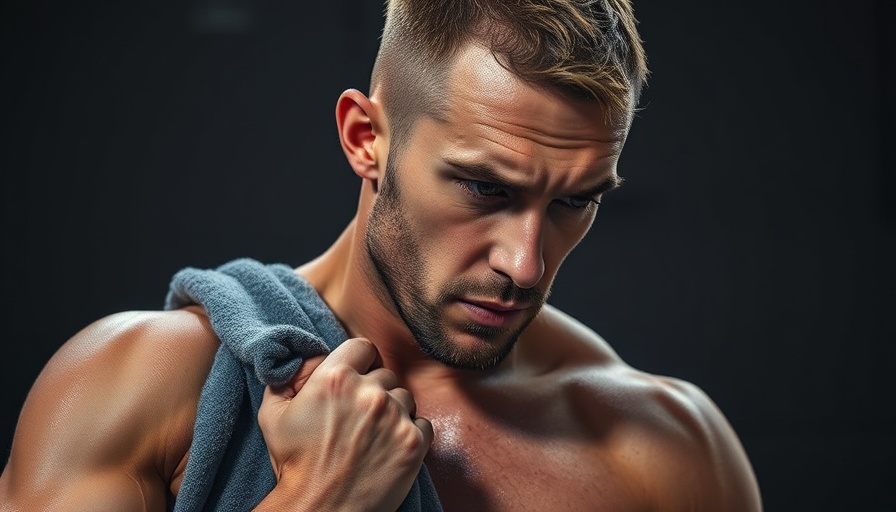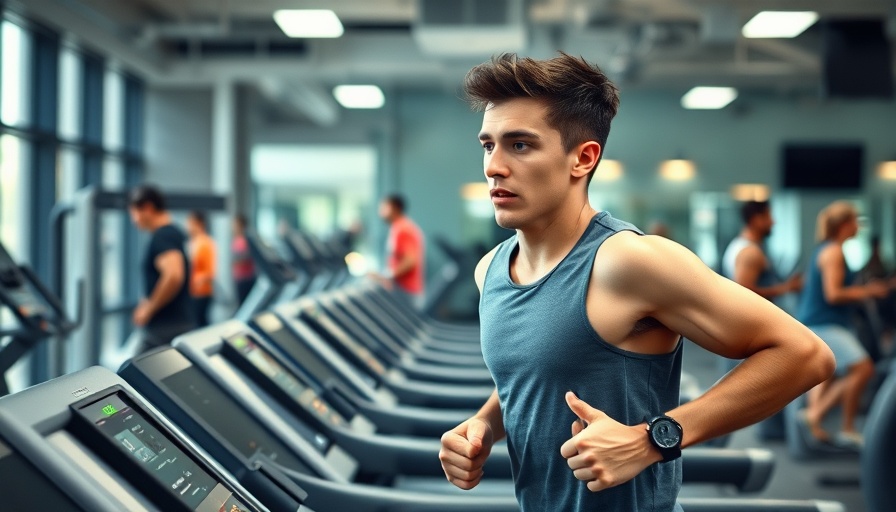
Transforming Queer Weddings: The Rise of 'Stand In' Families
As LGBTQ+ couples across the United States face an uncertain political climate threatening their hard-fought rights, many are hastily tying the knot to secure vital legal protections. This keen sense of urgency was catalyzed in part by recent anti-LGBTQ+ rhetoric and the election of a conservative administration. Faced with the potential rollback of marriage equality, couples are opting for quick, legal ceremonies before planning their more elaborate celebrations.
The Impact of Current Events on LGBTQ+ Marriages
This renewed push towards wedlock arises from legitimate fears of losing rights previously guaranteed by the landmark Obergefell v. Hodges ruling from 2015. Couples are acutely aware of the risks associated with waiting, especially as several states propose measures that could undermine their marriage status. Wedding expert Brittny Drye observes, "We've seen many couples choosing to accelerate their timelines. They want the protections that marriage provides—hospital visitation rights, next-of-kin status, inheritance protections—particularly in case those rights come under threat again." The need for swift action speaks volumes about the precarious state of LGBTQ+ rights in America.
Creating New Family Dynamics: The Role of Chosen Families
Alongside the rising trend of hasty weddings is the growing importance of 'stand in' families, which have become vital for many couples. Daniel Blevins, an LGBTQ+ activist, notes that many queer individuals face rejection or ostracization from their biological families after coming out or choosing to marry. To counter this, Blevins founded Stand In Pride, a nonprofit dedicated to helping LGBTQ+ individuals establish chosen families. With over 240,000 members, the organization fosters supportive networks that ensure no one has to celebrate alone, especially during these transformative life moments.
Complexities of LGBTQ+ Weddings: The New Normal
As the marriage process evolves for queer couples, many are combining both civil and celebratory aspects of their unions in innovative ways. Liv Dellanno, an ordained minister, shares how couples are now planning intimate legal ceremonies followed by formal celebrations months later. "We’ve seen couples elope just to cover their legal bases before hosting larger events, showing that the personal and political intricacies of their marriages are intertwined," Dellanno says. This dual approach to marriage symbolizes the community's resilience against adversity while highlighting the importance of legal safeguards for LGBTQ+ rights.
Conclusion: Embracing Change While Seeking Stability
As LGBTQ+ rights continue to be challenged, the community demonstrates unparalleled adaptation and strength in the face of adversity. marrying quickly to secure rights or creating chosen families, queer individuals are redefining the norms around marriage and community support. In a world where societal pressures loom large, it's empowering to see this transformation unfold. Whether through hastily arranged nuptials or the establishment of supportive networks, LGBTQ+ couples are proving that love—and family—prevails.
 Add Row
Add Row  Add
Add 




Write A Comment